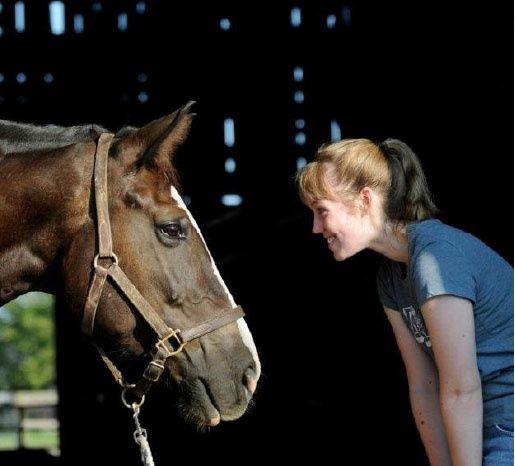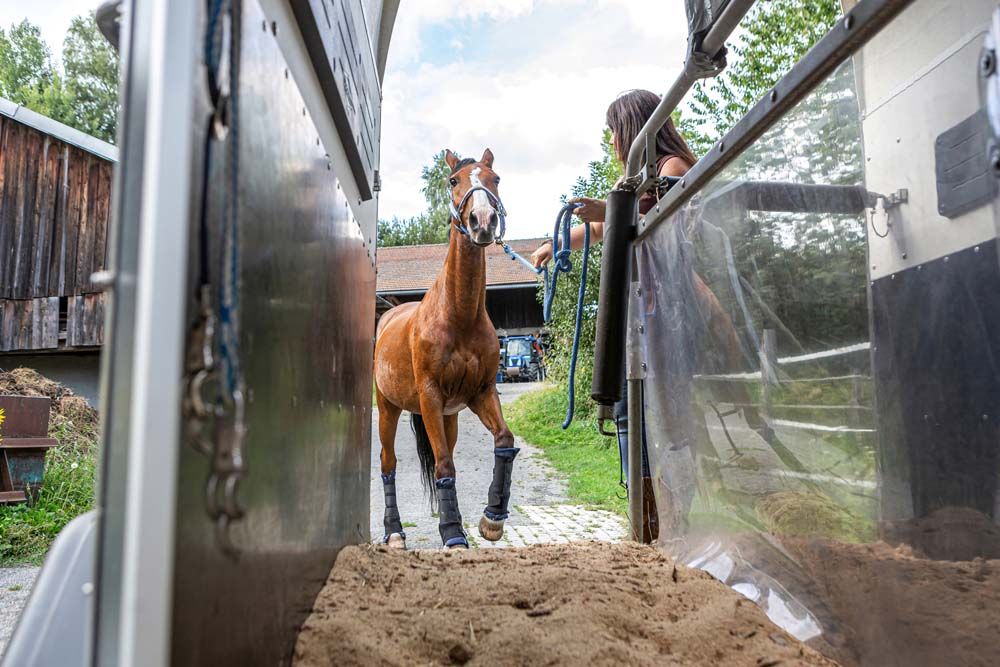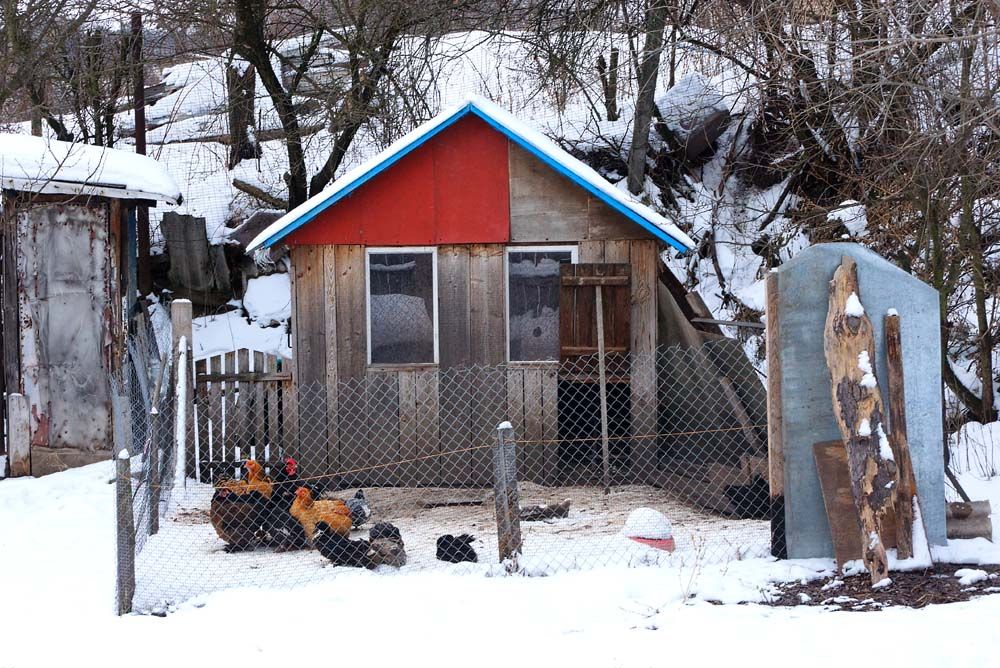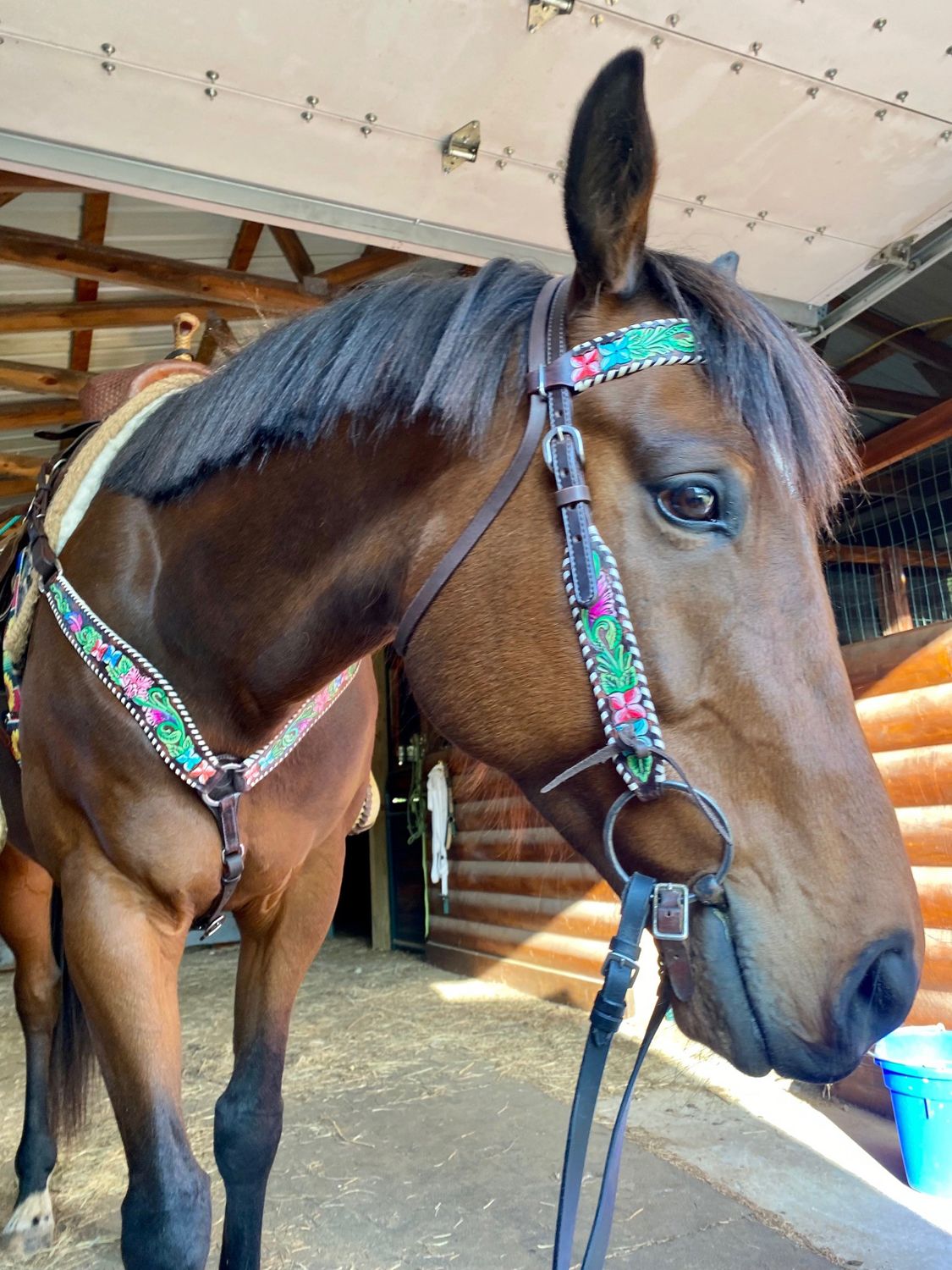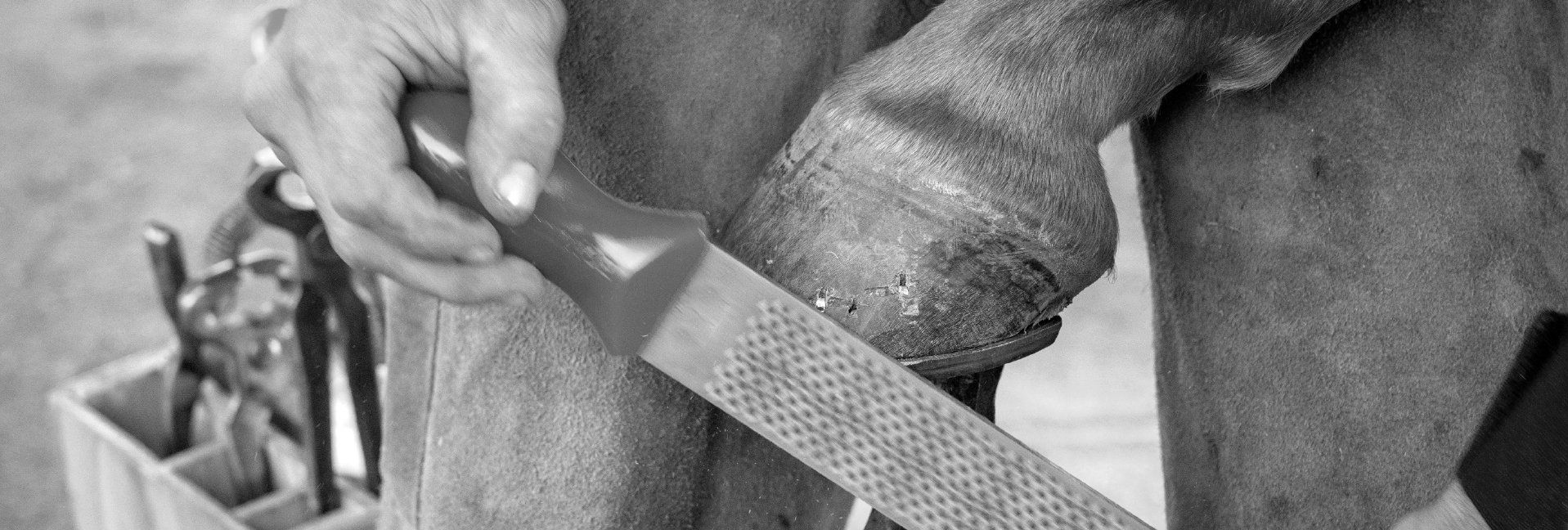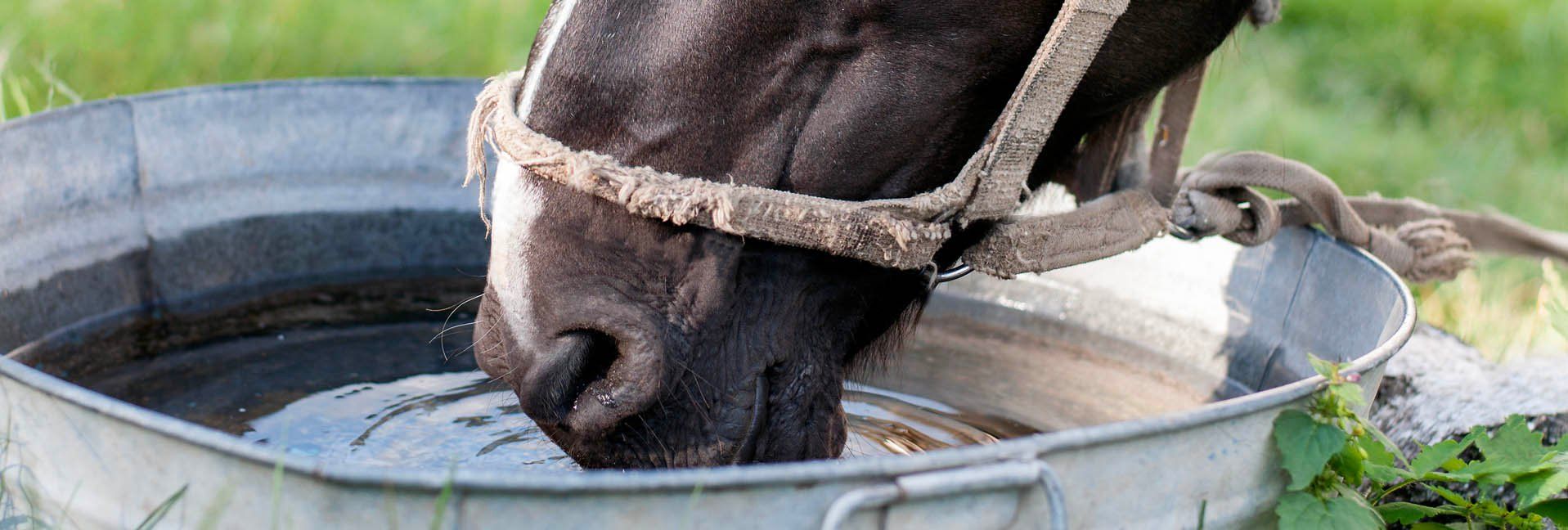How Does Your Saddle Fit? It’s about more than comfort for horse and rider


As warmer temperatures become the norm, many of us are spending more hours in the saddle, enjoying springtime sunshine. But when was the last time you really assessed whether that saddle really fit properly?
Ideally, saddles should fit both the rider and the horse. In many cases, riders tend to transfer one saddle from horse to horse, which is a little like shifting the same pair of jeans between a group of friends and expecting them to fit everyone equally well. (There’s a reason that concept was the basis for the “traveling pants” fictional novel, after all.) Every horse has different proportions and curves to their withers, back, and shoulders, and while one saddle can fit more than one horse, it probably can’t fit all.
Ill-fitting saddles can pinch a horse’s shoulders and restrict his movement, or cause back soreness. Over time, some horses become resistant to saddling or girthing because they anticipate the discomfort that’s coming, leading to a frustrating and dangerous situation on the ground for everyone. A poor-fitting saddle also may not remain still and centered on the horse’s back, which can cause you to sit awkwardly and create a sore back or leg, too (this, I know from experience).
Saddle makers often offer fit assessments in hopes of selling you a new saddle, and while that doesn’t mean their information is bad, there are a few basic elements of fit you can check yourself. You should also consider checking on saddle fit a couple of times a year, since a horse’s musculature may change with age or with workload.
Check the tree
For Western and English saddles alike, you’ll need to examine the tree first. The tree is the base, often wooden, that sits above the horse’s spine. Unfortunately, there is little standardization for tree widths in either discipline, so knowing a tree is “medium” or “wide” doesn’t tell you much about whether it should fit your horse.
When assessing a saddle, place the saddle on the horse’s back with no pads. When you look at an English saddle from the back, the tree should not touch the spine or soft tissues immediately on either side of it. A narrow tree may press down on the edges of the spine or soft tissues; a wide tree will rest its highest point against the middle of the spine. If the tree doesn’t fit, you’re likely in need of a new saddle, since trees can’t be manipulated significantly.
Next, slide the saddle front to back across the horse’s withers and see where behind the withers it naturally rests. Is it clear of the horse’s shoulder blades? If not, the saddle may pinch the shoulder blades once you add your weight to the seat. Make sure there is adequate clearance at the front of the saddle between the withers and the bottom of the saddle’s pommel. You should be able to fit at least three to four finger widths between the pommel and the withers. This can be tricky if your horse has fairly flat withers. If the saddle fits in other respects, an issue here can be alleviated with special padding or flocking by an experienced saddle maker. Gullet width, the width and shape of the gap underneath the front of the pommel, can be changed in some synthetic types of saddles.
Are your angles right?
Check the angle of the seat. The deepest part of the seat should sit parallel to the ground, and the angle of the seat shouldn’t be too severe forward or back (though some types of specialty saddles are angled to place the rider more or less forward, depending upon the type of riding you’re doing). For Western saddles, you’ll need to look at the straightness of the seat from the back of the seat to the front edge of the tree (not the skirt).
On an English saddle, check the fit of the saddle panels (the supports underneath the flaps, often filled with foam or wool) by placing one hand on the seat to create pressure, and sliding the other across the underside of the panels. Often, a poorly-fitting panel will touch the horse at the front and back, but not at the middle, which distributes your weigh unevenly. Another way of doing this is examining the sweat pattern after you remove the saddle – it should be even and filled in across the surface area of the panels. The panels may be reflocked to improve fit, if there’s a qualified saddle maker in your area.
On a Western saddle, the saddle should remain in even contact with the horse’s sides from top to bottom and front to back. You can also test this by sight or by sliding your hand underneath the saddle.
You can check the overall fit of both saddle types by watching the horse walk with the saddle sitting on his back. A saddle that stays still over the back fits well, while one that seems to rock around does not.
Seeing a problem?
If you identify a saddle fit issue and want to get it repaired or replaced, it may be a good idea to get a chiropractor to assess your horse to see whether long-term use has created any issues. A horse who has been backsore due to saddle fit probably needs a week or two out of work to let his muscles heal.
Don’t forget a horse who’s used to anticipating discomfort with the saddle may take some time and patience to disassociate the experience from riding. If you’re aware the saddle has been causing an issue, restart the horse slowly under tack, focusing on making each experience a positive one.
Tags:Horse Sense

Acreage Life is part of the Catalyst Communications Network publication family.





